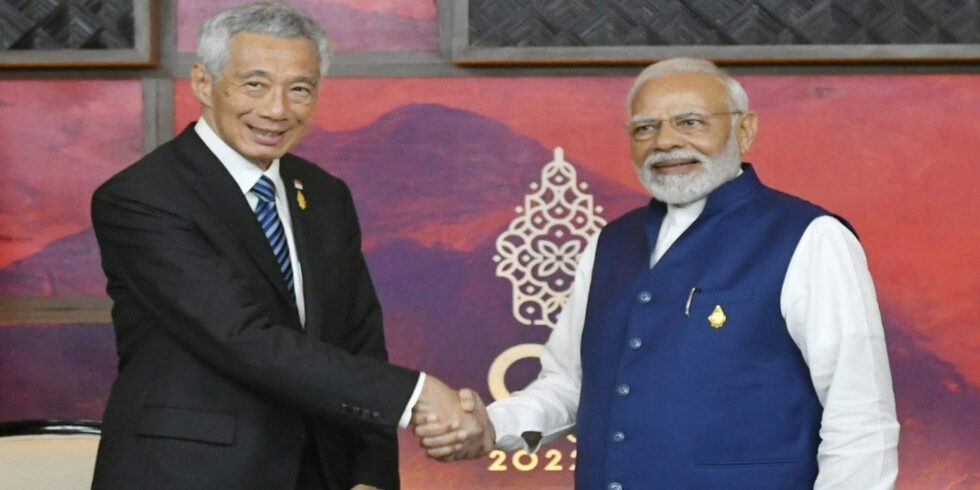China may be sitting on a huge pile of raw cotton, but prefers to import higher quantities of cotton yarn from countries, like India, this year, owing to rising wage costs back home that has led the country to gradually move away from labour-intensive sectors, including spinning and ginning.
This will translate to 40 per cent increase in cotton yarn exports from India, mainly to China in the current crop season ending September 2013, and creation of an additional 4.2 million jobs in India and creation of about 90 per cent capacity utilisation at the existing mills, as against 65-70 per cent in 2011-12 crop season.
Confederation of Indian Textile Industry (CITI) estimate that 15 people are directly involved in production of 1,000 tonnes of yarn. With addition of 280 million kilograms this year to overall exports, this would lead to roping in of 4.2 million people to the spinning industry. This is in addition to nearly 6.5 million people that are already involved in the sector, which is the second largest employer after agriculture.
The cotton advisory board, at its meeting on Wednesday, estimated cotton yarn exports to go up by 38.8 per cent in the crop season this year (October-September 2012-13) from 720 million kilograms in 2011-12 to over 1,000 million kilograms this year, and a huge part of this is expected to go to China.
“There will be a surge in yarn exports this year. While this may make up for the losses on lower raw cotton exports vis-à-vis last year, we will see huge employment being created domestically, to cater to this rising demand for cotton yarn from India,” DK Nair, secretary general of the Confederation of Indian Textile Industry (CITI) said.
Meanwhile, cotton imports into India are also likely to go up from earlier estimate of 1.2 million to two million this year. Industry experts feel that a significant part of this raw cotton may be sourced from China that has huge reserves of six million bales.
“China has committed itself to an annual wage hike of 30 per cent as a result of which the profitability of spinning mills in China have come down and some mills are even closing down. This has forced garment producers in China to either shift bases to low-cost south-east Asian countries or source yarn from there at a lower cost,” Ajay Sahai, director general of the Federation of Indian Export Organisations, said.
Rising labour cost, increase in land prices, environment and safety regulations have made it economically unviable for Chinese companies to carry on with extensive labour-intensive manufacturing units. Given the huge wage increments in China, it is predicted that production cost in that country could soar twofold or even threefold by 2020 and countries like India, Bangladesh, Vietnam and Thailand would gain from this.
Siddhartha Rajagopal, executive director of the Cotton Textile Export Promotion Council of India said that overall cost of doing business has gone up in China as a result of which the country is now buying value-added products from India, and elsewhere. “This is very positive for us, as it will add to our employment and instil confidence amongst investors,” he added.
Apparel Export Promotion Council data shows that there are 1,761 cotton-spinning mills in India, out of which maximum units are concentrated in Tamil Nadu, Andhra Pradesh, Gujarat and Maharashtra.
Cotton advisory board has also lowered the cotton crop estimate for this year from 33.4 million bales to 33 million bales, while export estimates had been revised upward from seven million bales to eight million bales.















Add Comment